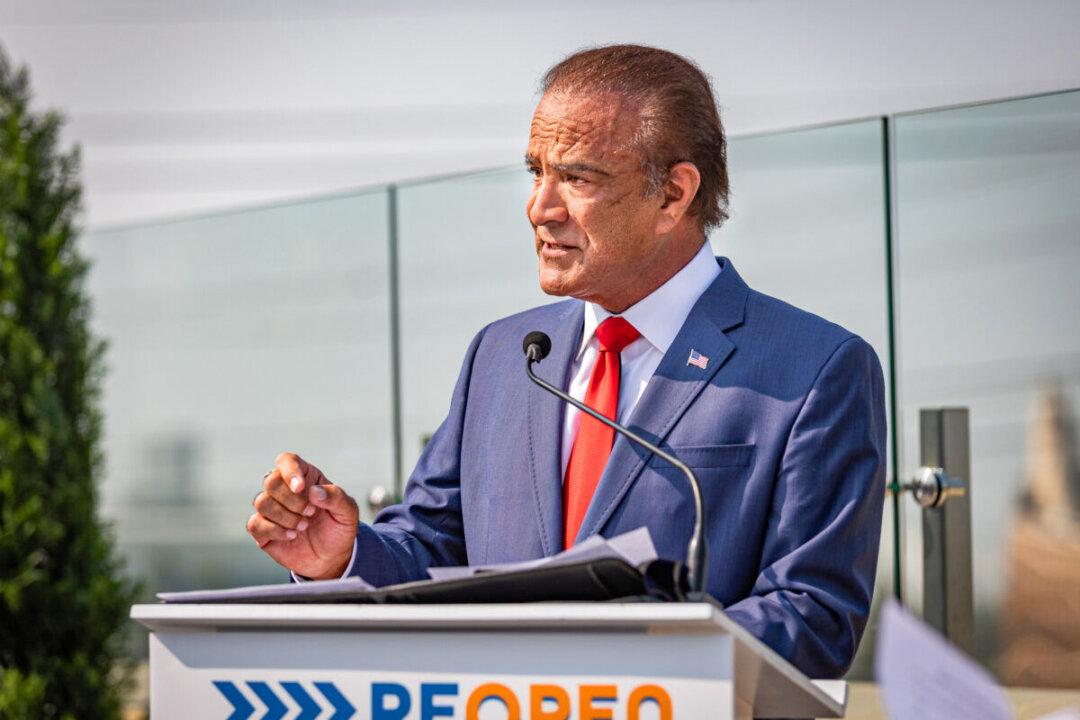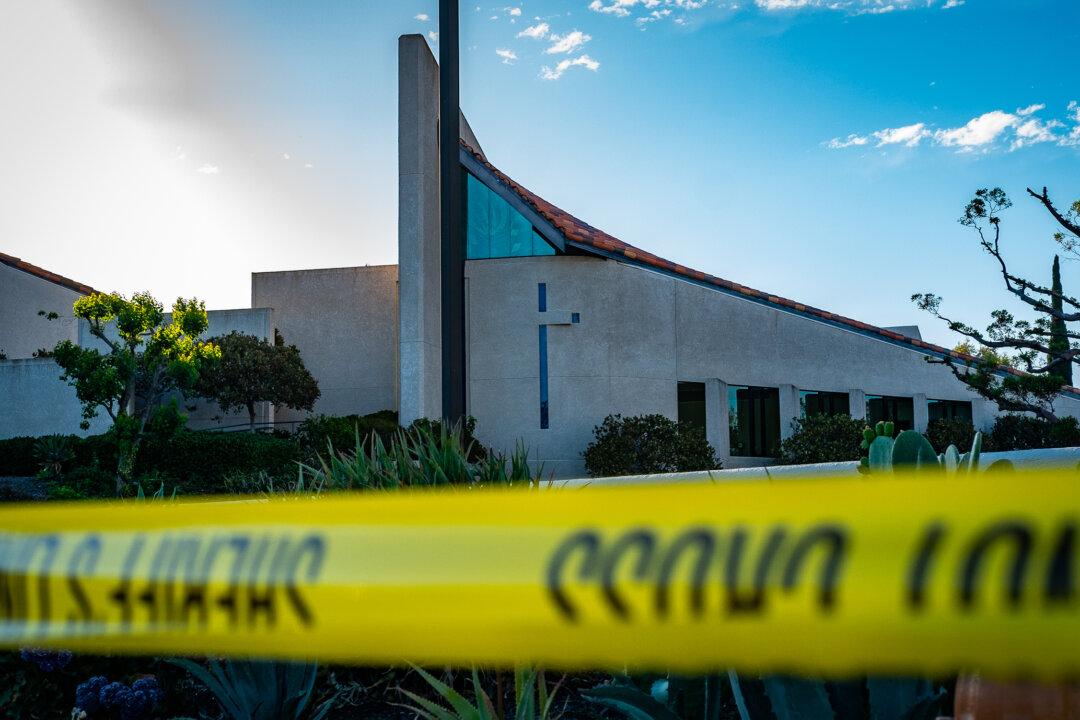California is looking for help keeping its lights on this summer as it seeks to procure additional energy resources in preparation for coming heatwaves.
“We are concerned about the level of imports available,” California Independent System Operator (Cal-ISO) Vice President Mark Rothleder said during a recent press briefing. “During these high-temperature conditions, we are experiencing high demand on the systems, and we are also at the same time as the evening goes along, we are losing some production from the solar production and there are other resources that we are watching and concerned about.




